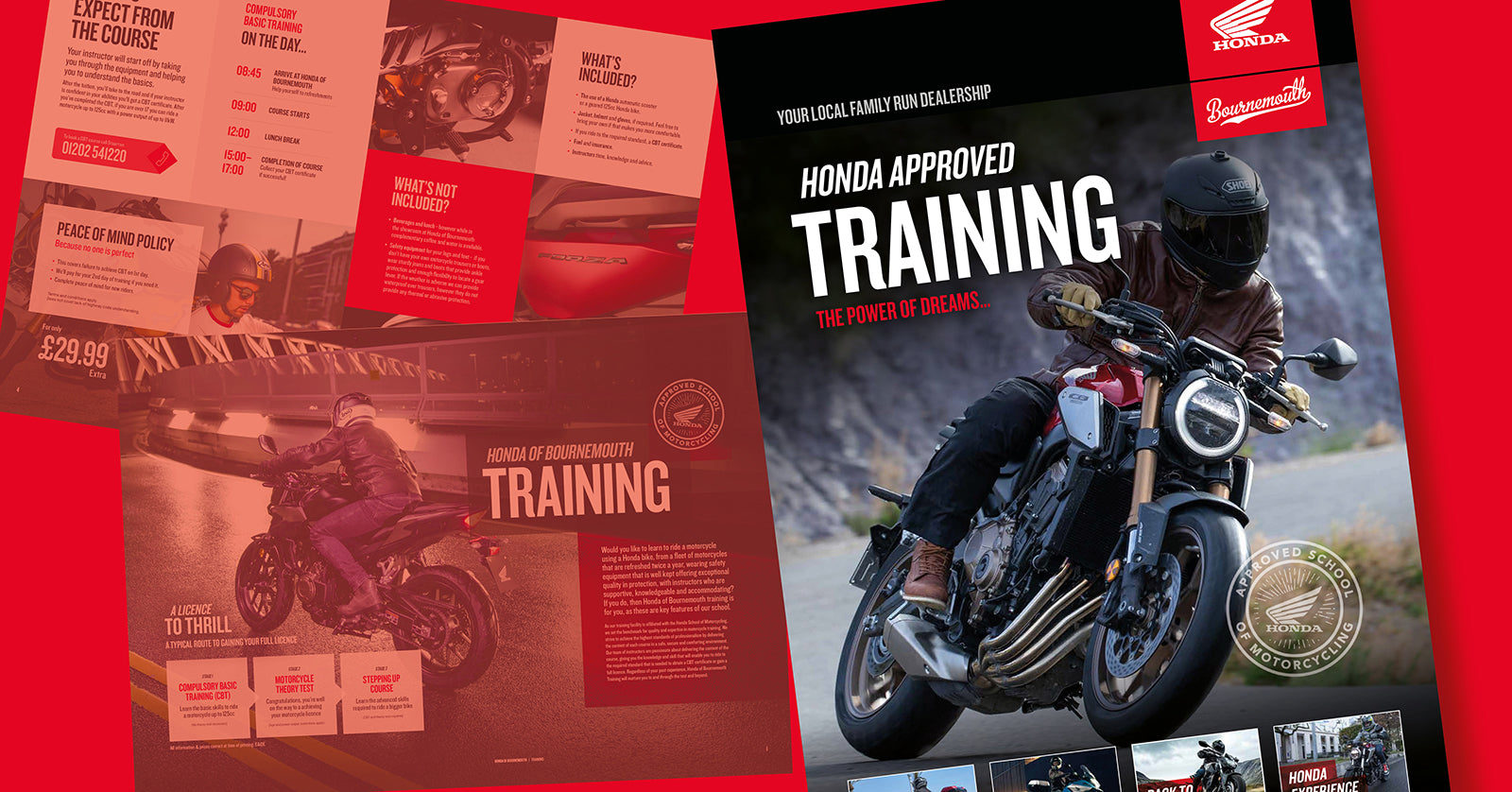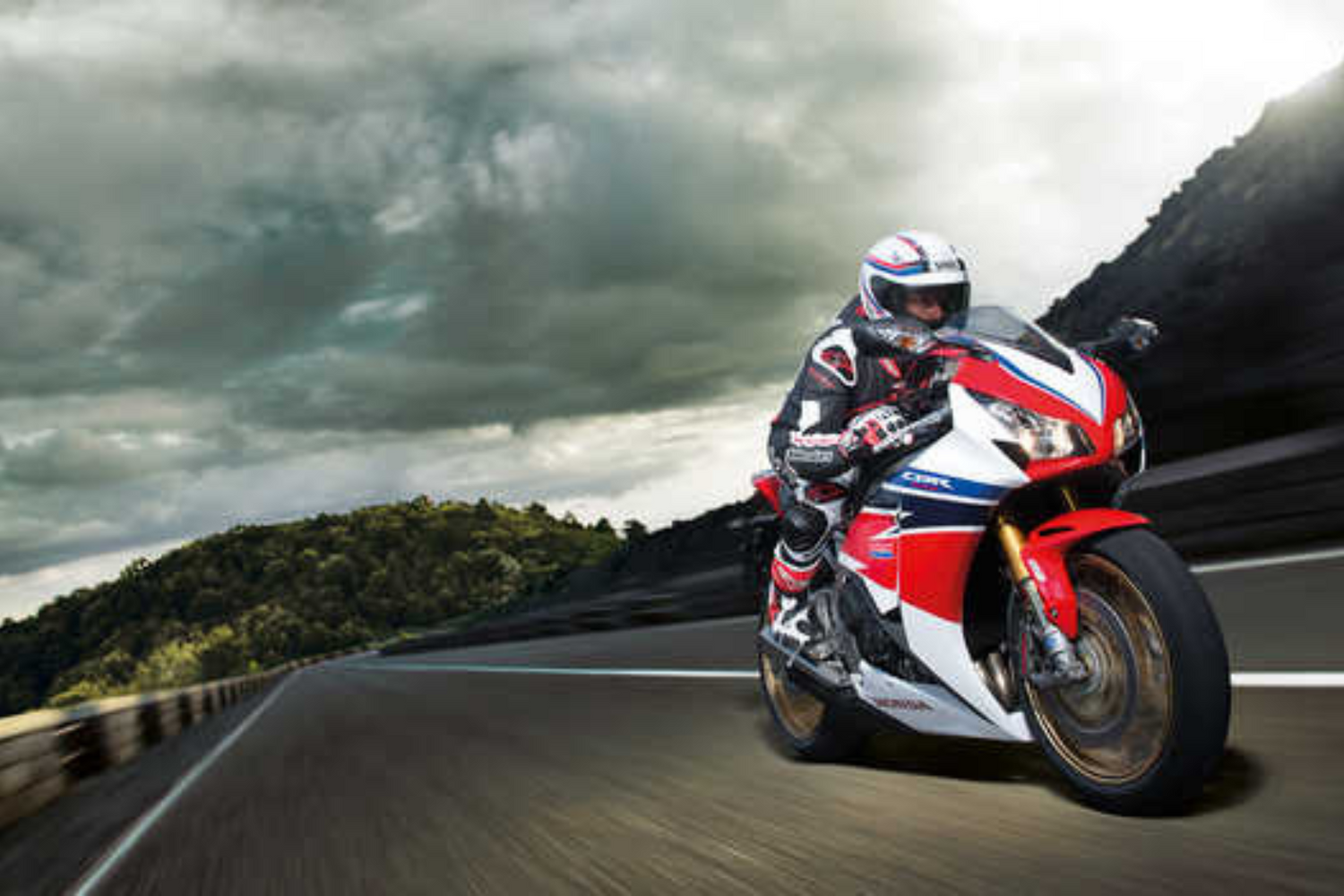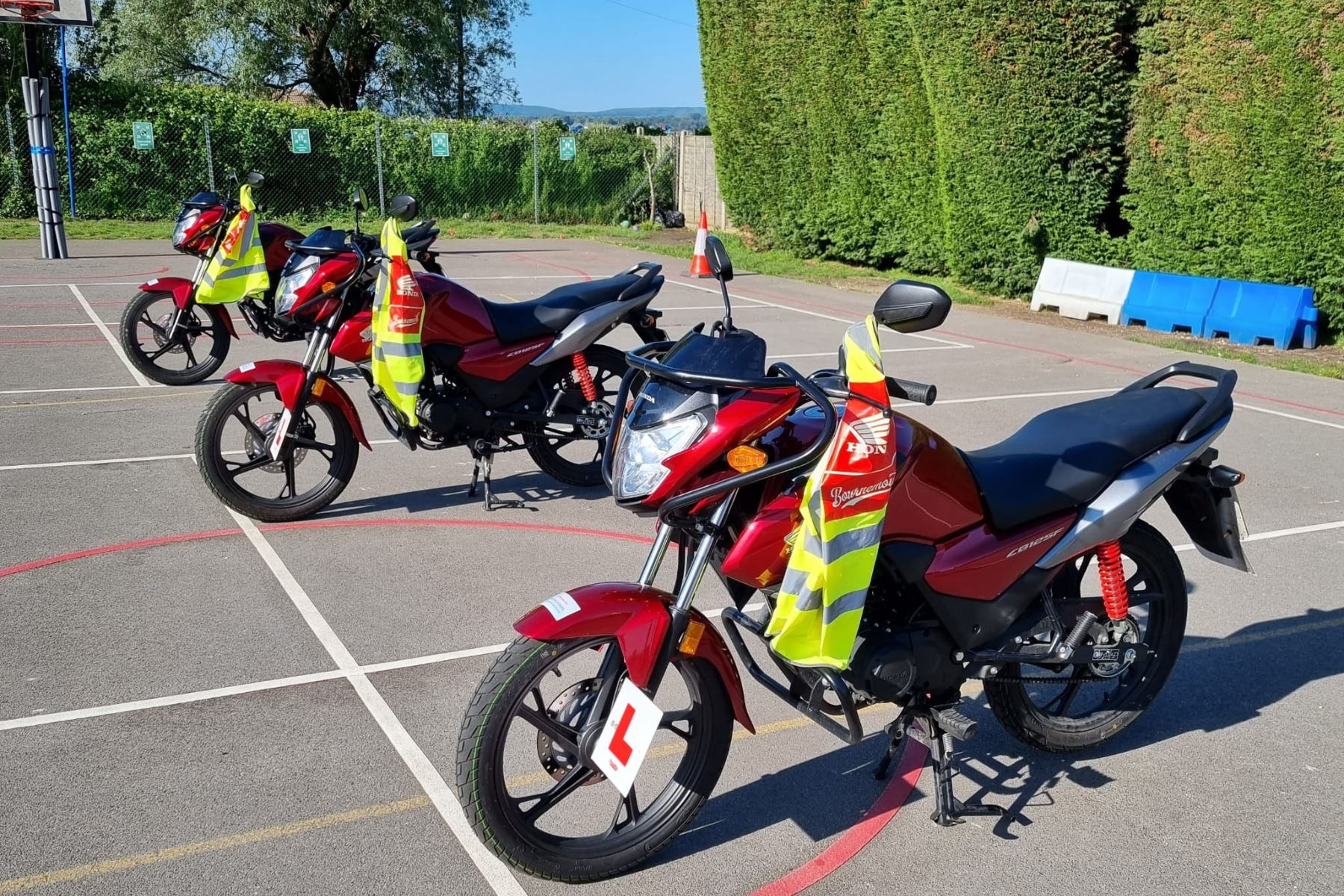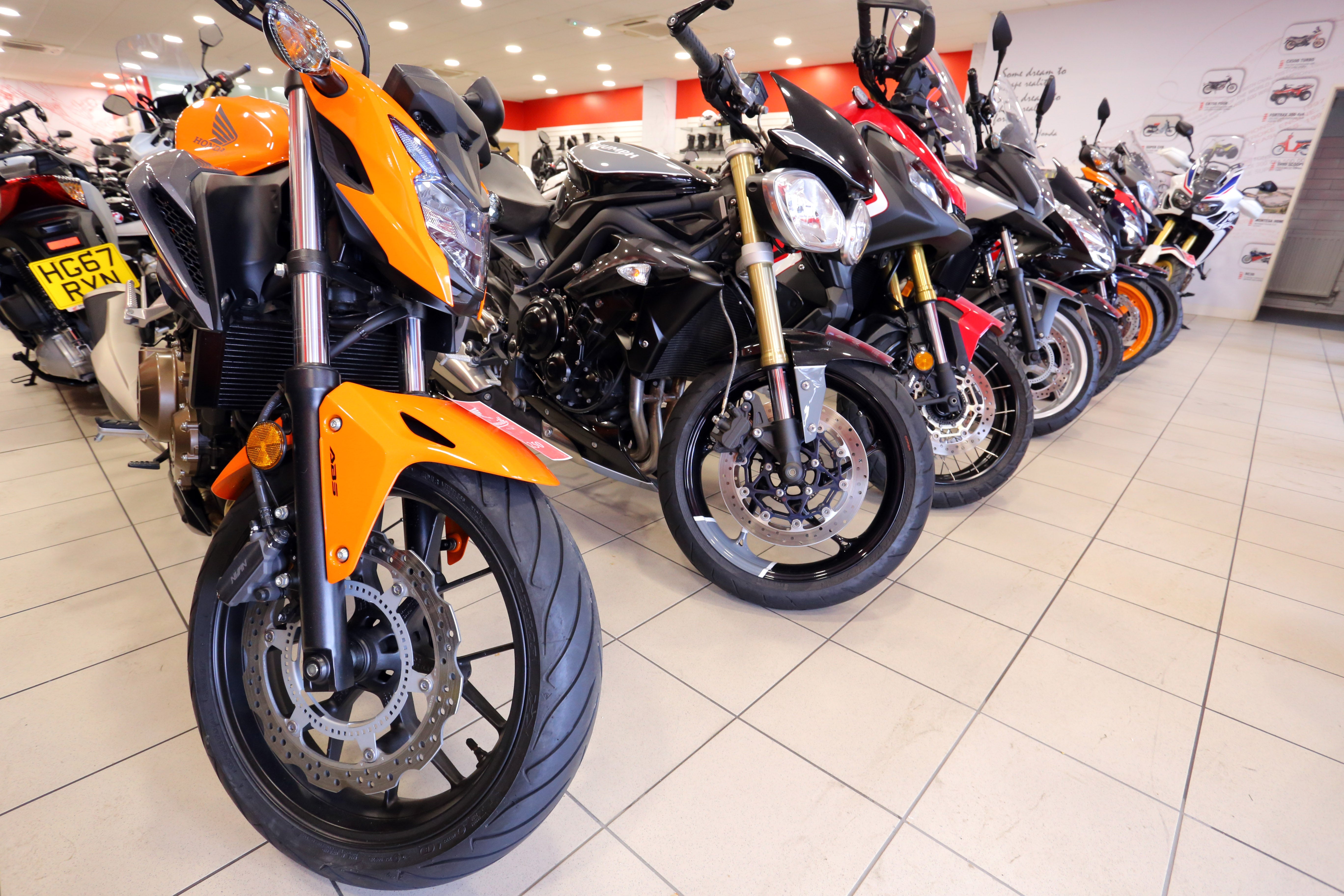With the right preparation and gear, winter riding can be just as enjoyable as any other time of year. Here are some essential tips to help you get ready for winter motorcycle rides.
Dress for the Weather: Gear Up for the Cold
The most important part of winter riding is staying warm. Proper gear is essential for maintaining body heat, staying dry, and ensuring that you can focus on the road ahead rather than the cold. Here’s what you’ll need:
- Thermal Layers: Start with a good base layer of thermal clothing to trap heat close to your body. A thermal shirt and leggings will make a huge difference in keeping the cold out.
- Waterproof and Insulated Jacket: Choose a motorcycle jacket with thermal lining and waterproof capabilities. This will keep you warm and dry even in harsh winter weather.
- Heated Gear: Heated gloves, vests, and grips can be a game-changer for winter riding. These powered accessories will keep your hands and body warm, even on longer rides.
- Winter Riding Gloves: Ensure your gloves are insulated and waterproof to protect your hands from the cold wind and rain. Make sure they offer good grip so your hands stay nimble on the controls.
- Balaclava or Neck Warmer: Don’t forget to protect your face and neck from the wind chill. A balaclava or neck warmer will help block cold air from entering your helmet and jacket.
- Winter Boots: Choose insulated, waterproof boots to keep your feet warm and dry, with good traction to avoid slipping on wet or icy surfaces.
VIEW CLOTHING & ACCESSORIES AT THE SHOWROOM
Prepare Your Motorcycle for Winter Riding
Your bike needs just as much attention as you do in winter. Cold weather can affect your motorcycle’s performance, so it’s crucial to ensure it’s in peak condition.
- Check Your Tires: Winter roads can be slippery, so make sure your tires have enough tread depth to handle the conditions. Consider switching to winter-specific tires if you plan to ride in snowy or icy areas.
- Adjust Tire Pressure: Cold weather can cause tire pressure to drop, which can affect handling. Regularly check and maintain your tire pressure to ensure optimal grip and safety.
- Inspect Your Battery: Cold weather can be tough on your bike’s battery, reducing its capacity. Ensure your battery is fully charged and in good condition, or consider switching to a more robust battery designed for winter use.
- Lubricate Moving Parts: Cold weather can cause parts like chains and cables to stiffen or seize. Use winter-grade lubricants to ensure your bike’s moving parts remain smooth and responsive.
- Check the Coolant and Fluids: Ensure that your bike’s coolant is rated for lower temperatures, and top up any other fluids like brake fluid and oil, which can thicken in the cold.
- Install Hand Guards: If your bike is not equipped with them, consider adding hand guards to protect your hands from wind and debris, keeping you warmer and improving grip.
VIEW SERVICING AT HONDA OF BOURNEMOUTH
Stay Visible in Low Light and Poor Weather Conditions
Winter often brings shorter days, fog, and rain, which can make visibility a challenge for both you and other drivers. It’s important to take extra steps to ensure you are seen on the road.
- Wear Reflective Gear: Make sure your gear has reflective elements, or consider adding reflective strips to your jacket, helmet, and bike. This will make you more visible in low-light conditions.
- Use High-Visibility Colours: If possible, opt for gear or a helmet in bright colours like neon yellow, orange, or red, to stand out against the grey winter backdrop.
- Keep Your Lights Clean: Snow, dirt, and grime can quickly cover your bike’s lights. Clean your headlights, brake lights, and turn signals regularly to ensure they are bright and visible.
- Use Fog-Resistant Helmet Visors: Cold weather can cause your helmet visor to fog up, reducing visibility. Use an anti-fog spray or invest in a fog-resistant visor to keep your view clear.

Ride Safely on Icy and Wet Roads
Winter roads can be unpredictable, with black ice, snow, and wet surfaces increasing the risk of slipping or losing control. Adjust your riding style to match these conditions.
- Reduce Speed: Slower speeds give you more time to react to potential hazards like ice patches or wet leaves. Keep a steady pace and avoid sudden acceleration or braking.
- Brake Gently: Hard braking on icy or wet roads can lead to skidding. Use your brakes smoothly and gradually, and rely more on your rear brake for better control.
- Increase Your Following Distance: In wet or icy conditions, it takes longer to stop. Increase the distance between you and the vehicle ahead to allow for extra reaction time.
- Stay in a Lower Gear: Riding in a lower gear can help improve traction on slippery surfaces, giving you more control over your bike.
- Avoid Leaning Too Much in Turns: Take corners slowly and avoid leaning too far, as this increases the chance of losing traction on icy or wet roads.
Plan Ahead and Be Prepared
Winter riding can be more mentally and physically demanding, so it’s important to plan your rides carefully and be prepared for unexpected challenges.
- Check the Weather Forecast: Before heading out, always check the weather forecast. Avoid riding in heavy snow, ice storms, or freezing rain whenever possible.
- Stay Hydrated and Take Breaks: Cold weather can dehydrate you without you even realising it. Take regular breaks to warm up and hydrate, especially on longer rides.
- Pack Emergency Gear: Carry a small kit with essentials like a tire repair kit, extra gloves, a thermal blanket, and even a portable phone charger in case you get stranded.
Winter riding can be an enjoyable experience if you’re well-prepared and cautious. By equipping yourself with the right gear, maintaining your motorcycle, and adjusting your riding style, you’ll be able to tackle cold weather conditions safely. Remember, preparation is key to staying warm, safe, and confident on the road during the winter months.
Stay safe, and happy winter riding! ❄️🏍️




